When we think about humanity, we are bound to encounter a sense of polarity. On one end, there is isolation and a sense of belonging on the other. Colombian artist Mario Arroyave is the observer of these vast stream-of-consciousness thoughts, and his artwork tells you why it all matters. From how we dissect our conscious thoughts, to how we choose to live our daily lives, these aspects add to the human collective we see in Arroyave’s work and around us.
Style
Arroyave’s pieces have an ongoing range. They are constantly evolving with every project he works on. He can show you so many humans or no humans at all. It matters how they are being shown to you, and this is where perspective comes into play. Where he wants you to see them from, through perspectives and angles, whether it’s people or abstractions. If they are elevated, or you see them head-on, or if you don’t see anything at all just ethereal colors, those perspectives say something important about how we view people, time, and space.
It is all about that interaction with perspective, where your attention goes, and what you decide it’s saying to you. If it’s far, it shows a collective sentiment where your understanding needs to be broad, and if it’s closer it’s a more intimate, focused approach to the subject matter.
Arroyave explains his thought process:
My creative process is closely linked to the person I am at the moment of creating…My first projects were characterized by the absence of humans in the spaces I portrayed, at that time it was very difficult for me to interact with others and this was reflected in my work.
People appeared as part of a personal process of being more social and this was mixed with some physics books that I was reading at that time where I was beginning to understand that linear time is human fiction and that in the end there are only interactions, so I decided to work on that approach and create timeless spaces where all events occur in the same singularity, and thus I began to weave the timeline series.
Deeper Meaning
There is an individual outlook on Arroyave’s approach that allows him to morph into his environment and what he wants to portray at any given moment. Even though his individualistic view is represented in the piece by showing, say, a tunnel-like vision in Dissections of the infinite, he also portrays collective consciousness, where he shows how everything can affect everything else through connection like in Timeline – Stand Paddle. These pieces fill the space and they have an element of a continuum. Life goes on, waves in the ocean keep moving, and people move on and go on, as well as time, regardless.
He explains:
As beings we are in continuous mutation, personally, I like to think of myself as a snake that sheds its skin from time to time and this has allowed me to live multiple lives in this life, so art appears as a manifestation of each one of them, which in its uniqueness understand a different language.
Concluding Musings
Arroyave leads us into a world that exists as a particle in the grand universe. One that is constantly changing its reality in order to evolve and survive. Humans need connection with humans and other living beings, and many times that gets lost in modern times. But humans also need a connection to themselves as beings within the grand scheme of life and universal power. That’s a strong message that allows us to have a broader perspective and understanding of what it is to be part of collective existence while still holding on to our individuality.
He states:
The human is an organism, we are all human. Unfortunately, not all of us understand ourselves as such, everyone gravitates to their ego, answering for themselves, for their family, their friends, and their homeland…. but all within a relatively small ring. We do not perceive ourselves as the collective entity that we really are, there are a number of fictions that separate us from each other, preventing us from flowing like human tissue. As controversial as the very concept of family sounds, it is one of the pillars of this dissociation, from there the first barrier that divides us as a society is gestated. At some point I read in Plato's Timaeus a vision of society in Atlantis and how they articulated it in a system where the family nucleus as we know it did not exist, the children did not generate a bond with their parents, in fact, they did not even know them and so everyone they were a big family. This vision of society as a unit still exists in some indigenous tribes around the planet.
But if the recent years have something to show, it is that the need for collective connection is an emotion we all crave to an extent. Arroyave shows us what happens when we do certain things and how that affects us now and later. When we choose to isolate, connect, or ignore. The results are reflections of human needs at the time, and it shows us that reality is always changing and we are the ones who are making it happen whether we realize it or not.
For more about this artist, please visit his website. The interview was translated from Spanish.
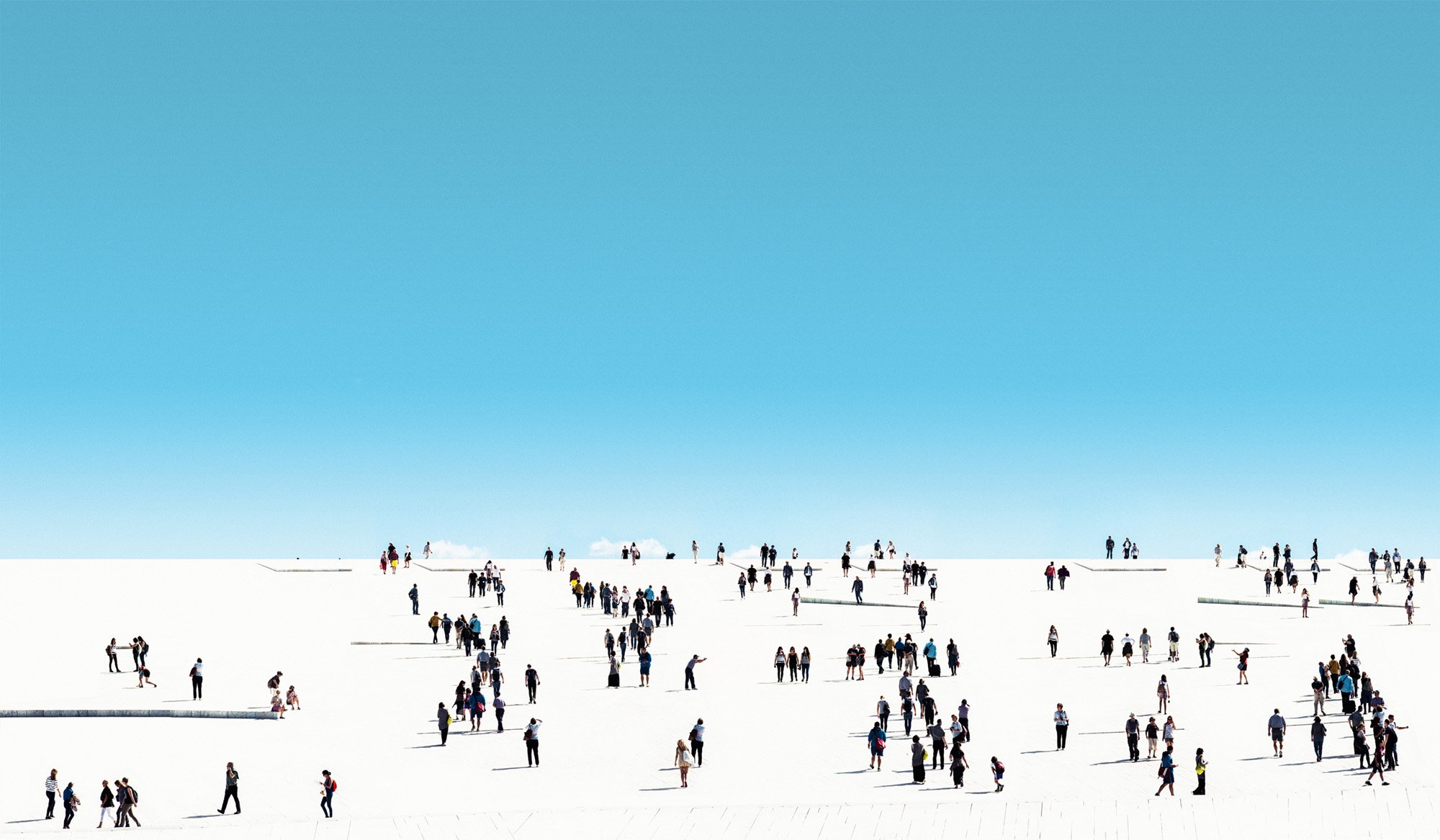
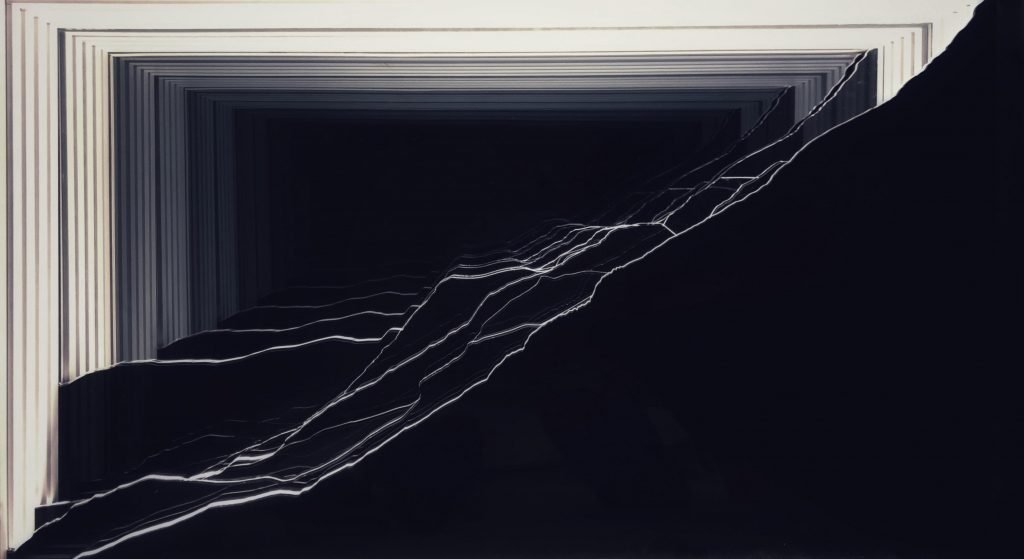
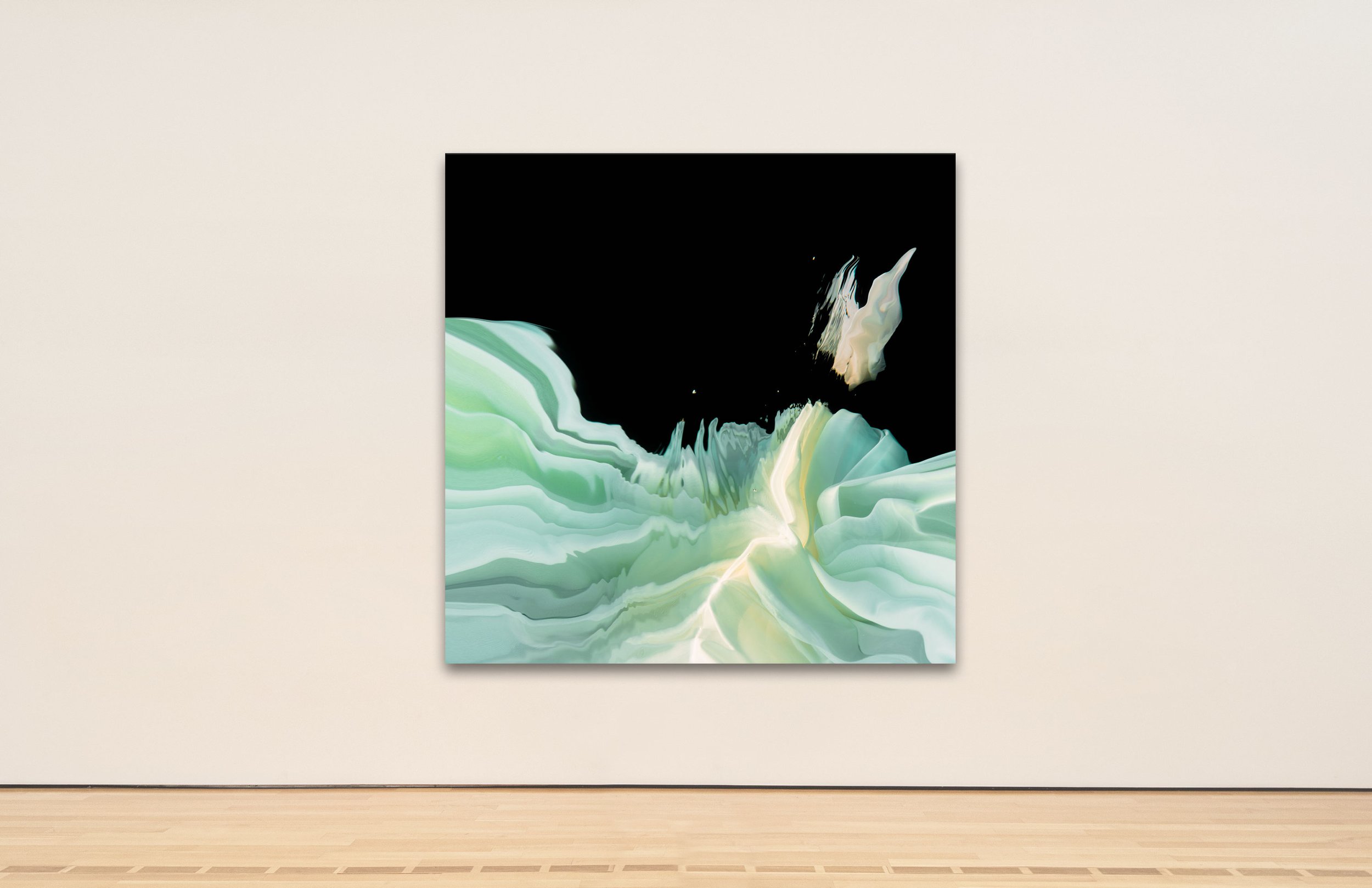
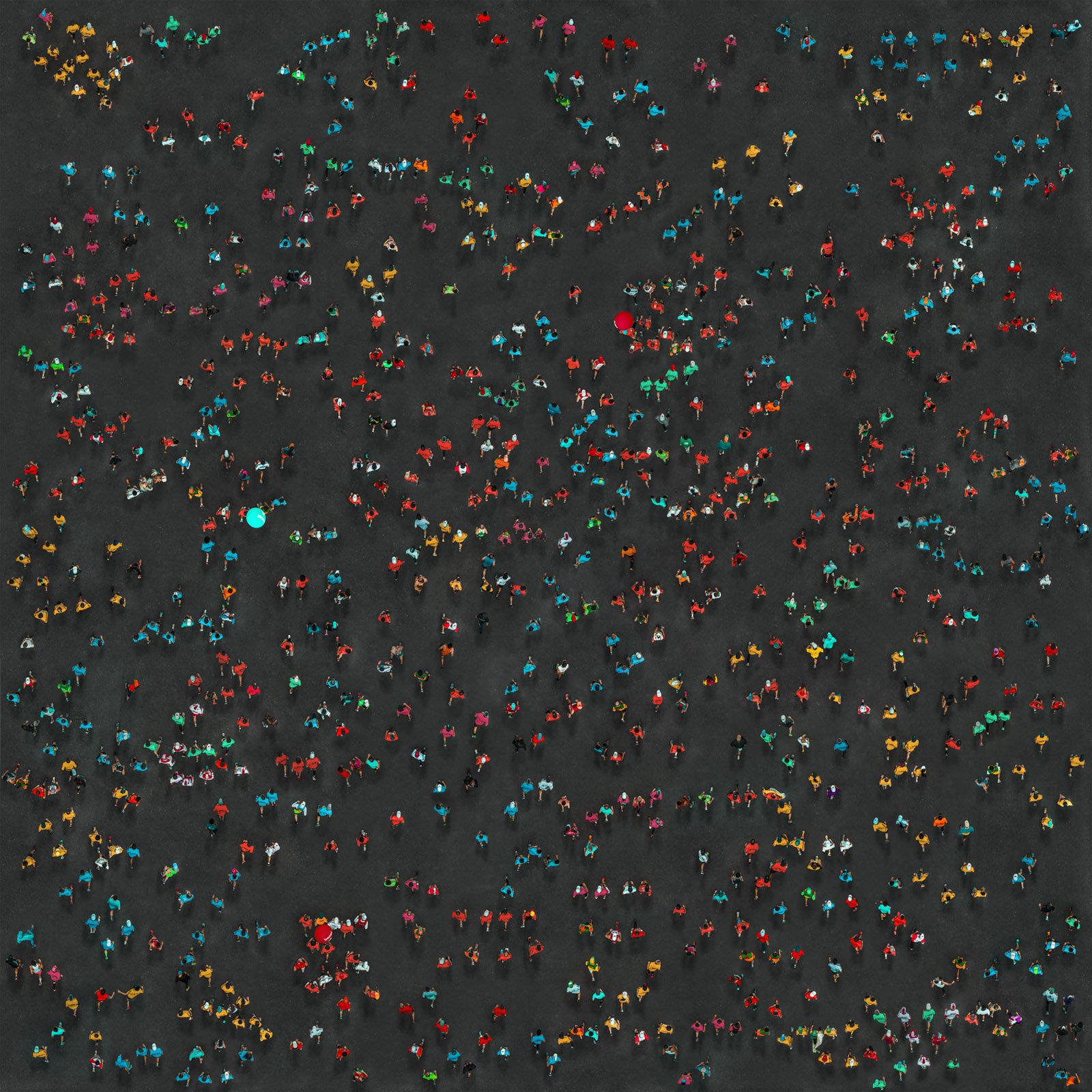
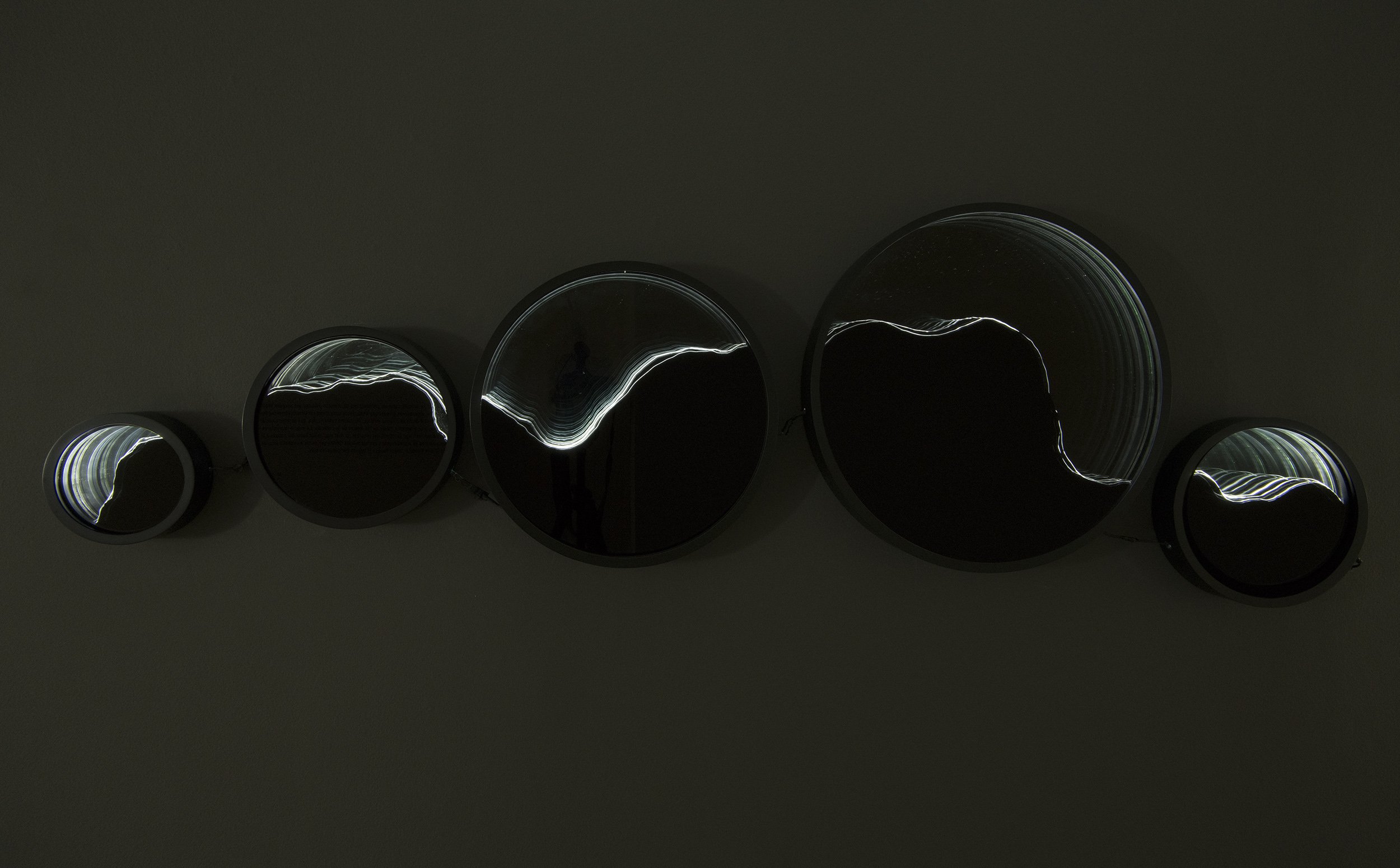
Today’s poem reflects Mario’s understanding of time and space:
Black Space
For Erna Brodber
Be ye my fictions; But her story.
— Richard Crashaw
I can bring a halo
into the night cave, quiet
with music (do not ask the music),
to her shaded there
in the moon; her fine spectacles
steam their pond rings;
her animal eyes fix
on the lintel of the door
as the wax owl glances back at me. I am her little cotton
tree the breeze combs
white into a final note,
her diminuendo poco a poco ...
Moon-afro, myself
outpaces me
in wonder of her.
She goes off and I seep
under the black sprout
of her house, to rise
a salmon bell on the hill
dissolving mild cloud fractals,
without grief or malice.



